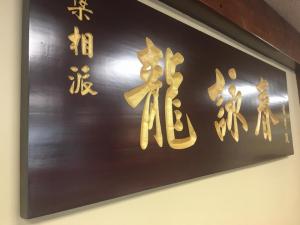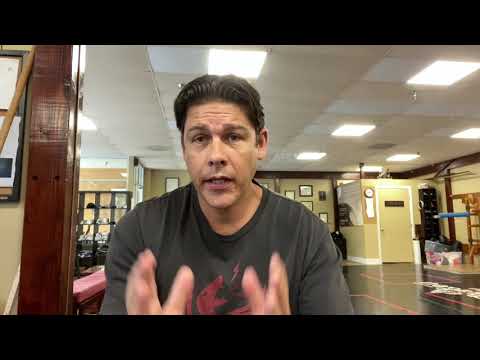Dragon Family Wing Chun
Dragon Family Wing Chun is the type of Wing Chun taught at The Dragon Institute, one of the most well-known Wing Chun schools in the world. Founded by Sifu Adam Williss, Dragon Family Wing Chun is first and foremost a fighting art. This means sparring, hitting and getting hit is a required part of what we do. Too often people want the life-changing benefits of martial arts without the sincere willingness to do the actual fighting work. It’s the genuine and practical ability to apply our art's scientific principles under pressure and in a real world fighting situation which is the catatyst for honest growth in all areas of our lives.
Because it is geared towards self-defense, Dragon Family Wing Chun is predominantly a stand-up fighting art. Primarily focused upon practically applying efficiency, Dragon Family Wing Chun focuses upon a seemless integration of both striking and grappling elements through use of angles, leverage, pressure, position, precision and timing, while constantly seeking weaknesses within our partner/assailant. Unlike other martial arts that focus on physical techniques and attributes of speed and power, instead, Dragon Family Wing Chun focuses on energy-based concepts of efficiency, fluidity and centerline occupation.
A multi-range system, Dragon Family Wing Chun fights in longer boxing-type ranges as well as clinch and grappling ranges. The ability to seemlessly flow between different ranges is an important attribute of a good Dragon Family Wing Chun practitioner.
Because of this multi-range fighting ability along with its obsession upon efficiency and practical application, Dragon Family Wing Chun students have experienced consistent success in dominating black belts of other martial arts in sparring (this includes both traditional arts and modern combat sports).
In fact, many students have switched to Dragon Family Wing Chun after having practiced other martial arts for years. Quite a few of them with blackbelts in other martial arts.
Dragon Family Wing Chun: Traditional or Progressive? Dragon Family Wing Chun is both a traditional martial art as well as a modern progressive art. How can it be both? By seeking the center. We practice time-tested traditions for development of the full mind, body and spirit. However, unlike many other traditional martial arts and other types of Wing Chun, Dragon Family Wing Chun is not fixed or bound by tradition. Instead, we seek the center. Dragon Family Wing Chun is a practical philosophy backed by universal principles.
The sad reality is that too many in Wing Chun believe that merely tradition makes something worthy. Or because Ip Man did it we should do it. Dragon Family Wing ChunBut for us, tradition is appreciated in order to inspire us to seek more and go deeper. Rather than worship ashes and attempt to mold ourselves into what was, we seek to preserve the same spirit and fire with which tradition was created. In other words, we don’t walk in the footsteps of Ip Man, seek what he sought.
On the other hand, unlike other modern progressive arts, Dragon Family Wing Chun is not a mix of many different martial arts or a “sport” oriented practice. Its principles are time-tested with a strong spiritual philosophy of character, integrity and humble compassion. However, as a fighting art, it is about always being tested through alive-based training such as sparring and never simply looking to preserve for tradition’s sake alone. So this makes Dragon Family Wing Chun neither solely traditional nor solely progressive. Instead, we believe in a centered approach… a type of calm, balanced equilibrium which doesn’t go to extremes.
Dragon Family Wing Chun – An Integrated Approach Dragon Family Wing Chun is an integrated system with aspects of both internal and external martial arts, Eastern and Western fighting arts and deeply rooted in traditional experience yet with realistic progressive training methods. Over the years, we’ve found that having such an innovative spirit coupled with the depth of our traditional knowledge is extremely rare. This is why we are both traditional and progressive and yet cannot solely be labeled either!
other blogs by user



